As the comfort and aesthetics of bathroom spaces receive greater attention, acrylic bathtub are becoming a leading choice for many families when renovating or installing new bathrooms. Its characteristics include a light appearance, a gentle touch, sound insulation, and strong shapeability, making it suitable for a wide range of bathroom design styles. However, there are significant differences in the quality of acrylic bathtubs across brands, manufacturing processes, and specifications. Selecting a truly durable product among numerous options is a key issue that should be studied before purchase.
This article will provide systematic selection criteria and trend recommendations for 2025 across material structure, thickness, reinforcement layer, installation size, insulation, load-bearing performance, maintenance cost, and other factors.
1. Why choose an Acrylic Bathtub?
The body of the Acrylic Bathtub is usually formed by hot-pressing a PMMA (polymethyl methacrylate) sheet, and then reinforced on the back with fiberglass or composite resin. Compared to traditional cast-iron or steel plate bathtubs, acrylic bathtubs have the following characteristics:
Lightweight: On average, a standard 60-70-inch bathtub weighs between 55 and 120 pounds, making installation and handling easier.
Comfortable Touch: The acrylic material has a smooth, gentle surface, reducing the risk of coldness during bathing.
Diverse shapes: can shape different visual styles such as circular, elliptical, rectangular, freestanding, embedded, etc.
Good insulation performance: higher insulation efficiency than metal bathtubs, which can reduce hot water consumption (source: energy.gov).
Based on the above characteristics, an acrylic bathtub is suitable for daily high-frequency use in home environments.
2. How to determine the durability of acrylic materials?
1. Surface thickness
The thickness of the acrylic surface on high-quality bathtubs is typically 0.2 to 0.4 inches. The higher the thickness, the better the scratch resistance and the longer the surface gloss retention time.
Suggestion: When purchasing, confirm that the product description clearly indicates the PMMA thickness rather than simply stating "multi-layer composite".
2. Back reinforcement layer structure
Standard enhancement methods include:
Enhance structural strength, performance, and service life. Remarks
Single-layer Fiberglass reinforcement is generally common in low-priced models
Multi-layer Fiberglass+resin cured well, commonly used in long, medium, and high-end applications
Acrylic+ABS+fiberglass composite stepped structure with excellent long-term overall structure and the most stable strength
Models with good durability usually use multi-layer composite reinforcement structures, which can improve compressive and load-bearing performance.
3. Size and Space Matching: How to Ensure Adaptability?
Before selecting a bathtub, it is necessary to measure the bathroom space accurately. The standard size ranges for freestanding and embedded bathtubs are as follows:
Length: 59 inches - 72 inches
Width: 28 inches - 32 inches
Depth (inner groove height): 14 inches - 18 inches
Among them, depth directly affects the soaking experience. For those who enjoy full-body baths, it is recommended to choose models with a depth of ≥ 16 inches.
It is recommended to extend the reserved space for installation by at least 1-1.5 inches beyond the edge of the bathtub to ensure adequate space for piping and maintenance.
4. Thermal insulation and load-bearing performance: key factors affecting daily user experience
According to a consumer feedback platform for consumer home decor, the insulation efficiency of high-quality bathtubs can reduce water temperature by only 3-5 °F within 30 minutes (source: homeguide.com). This is mainly determined by the material's thickness and the backfill's density.
In addition, the load-bearing capacity cannot be ignored. A high-quality acrylic bathtub, combined with a sturdy bottom keel structure and steel frame, can support a weight of 300-500 lbs, sufficient to meet daily safety needs.
When purchasing, priority should be given to confirming whether the bottom of the bathtub has a support frame rather than relying solely on the material for load-bearing.
5. Installation method selection: standalone vs embedded
1. Independent Free-standing Bathtub
The visual effect is stronger and suitable for large spaces.
The bottom load-bearing structure must be stable, and the ground must be flat.
Drainage needs to be accurately positioned; otherwise, it requires slotting on the ground.
2. Embedded Alcove/Drop-in Bathtub
More space-saving and easier cleaning.
Suitable for small and medium-sized bathrooms.
During installation, ensure the surrounding walls and sealing strips are properly treated to prevent water leakage.
Select key points: prioritize matching installation methods to the spatial layout rather than focusing solely on appearance.

6. Suggestions for surface maintenance and extended service life
Use neutral cleaning agents for cleaning and avoid using strong acids or abrasive cleaning products.
If there are minor surface scratches, use a particle polishing paste to gently repair them.
Regularly check whether the sealing ring and the bottom support of the drainage outlet are loose.
Good maintenance habits can extend a bathtub's lifespan by 3-6 years (source: familyhandyman.com).
7. 2025 trend: lighter, more durable, and more energy-efficient
From the current trend of bathroom design, acrylic bathtubs' future directions include:
More environmentally friendly composite reinforcement materials can reduce resin usage while improving strength.
The bottom support structure, which can be quickly installed, reduces on-site construction difficulty.
More efficient insulation technology enhances water conservation and comfort.
These upgrades will further promote the continued use of acrylic bathtubs in home decoration.
Conclusion
Choosing a durable acrylic bathtub is not about pursuing complex styling or marketing descriptions, but about focusing on:
Is the surface thickness sufficient?
Is the structure of the back reinforcement layer stable?
Is the load-bearing and insulation performance reliable?
Does the size match the bathroom?
Is the installation method suitable for the on-site layout?
As long as you master the above purchasing methods, selecting excellent bathtubs that combine durability, comfort, and affordability is not challenging, given the wide range of products available.

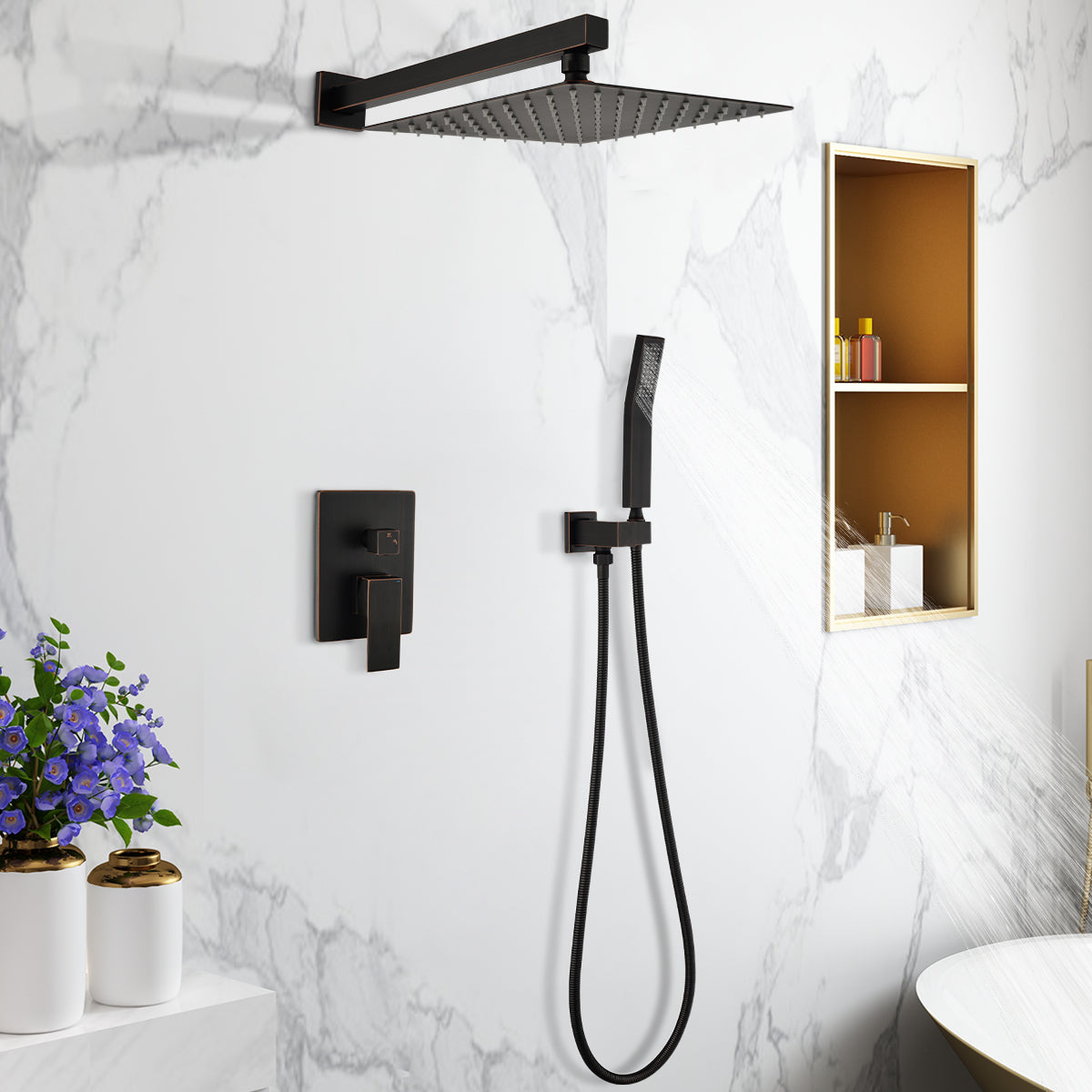






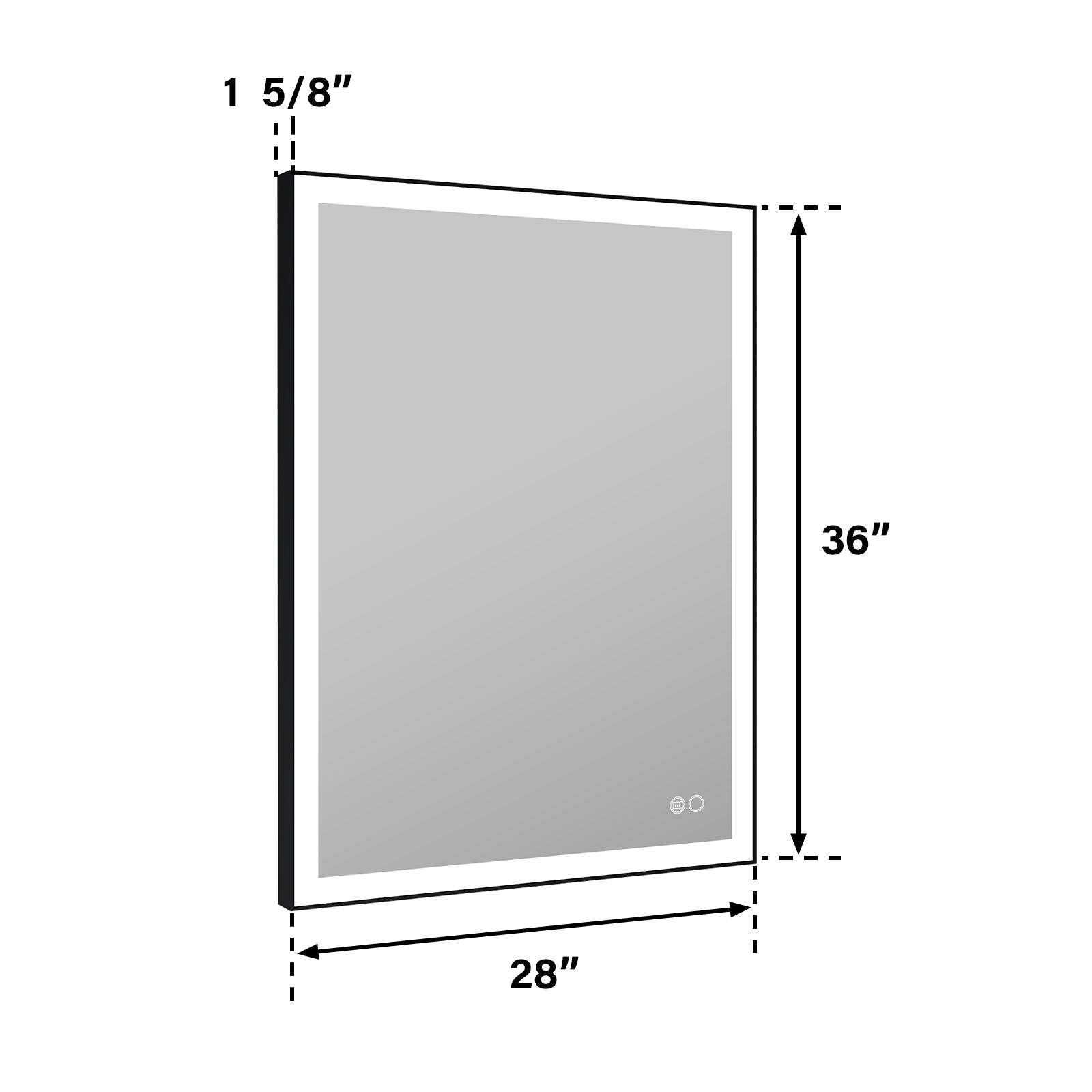
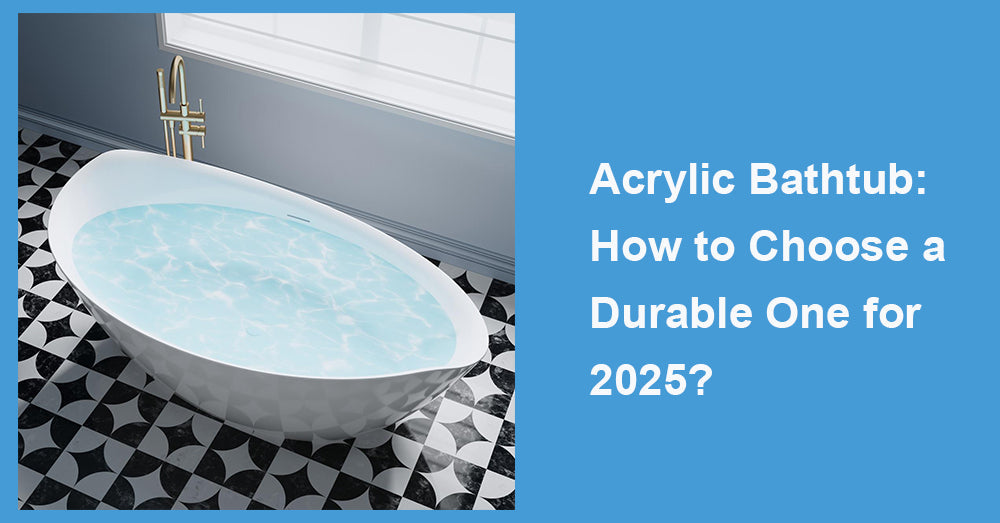


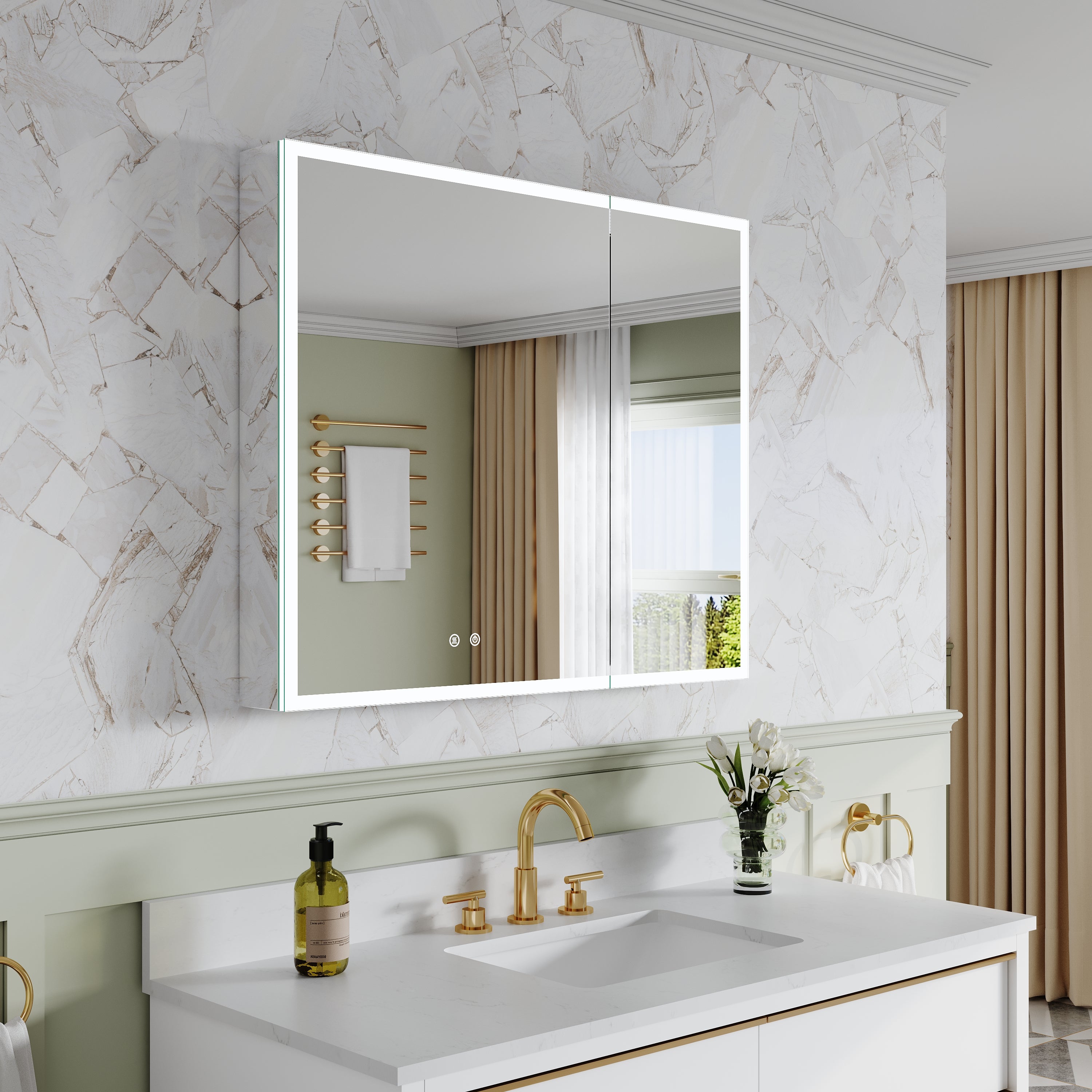
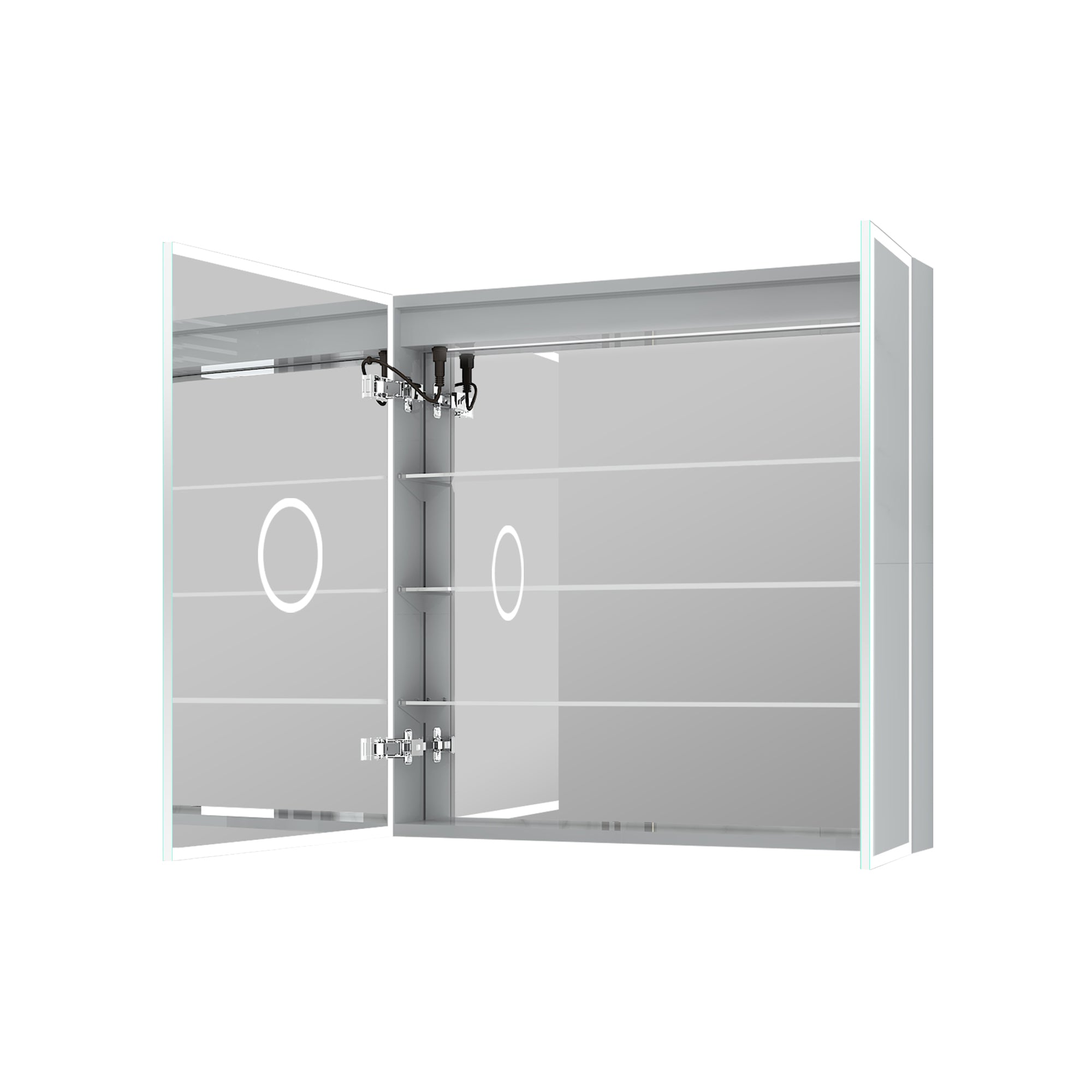
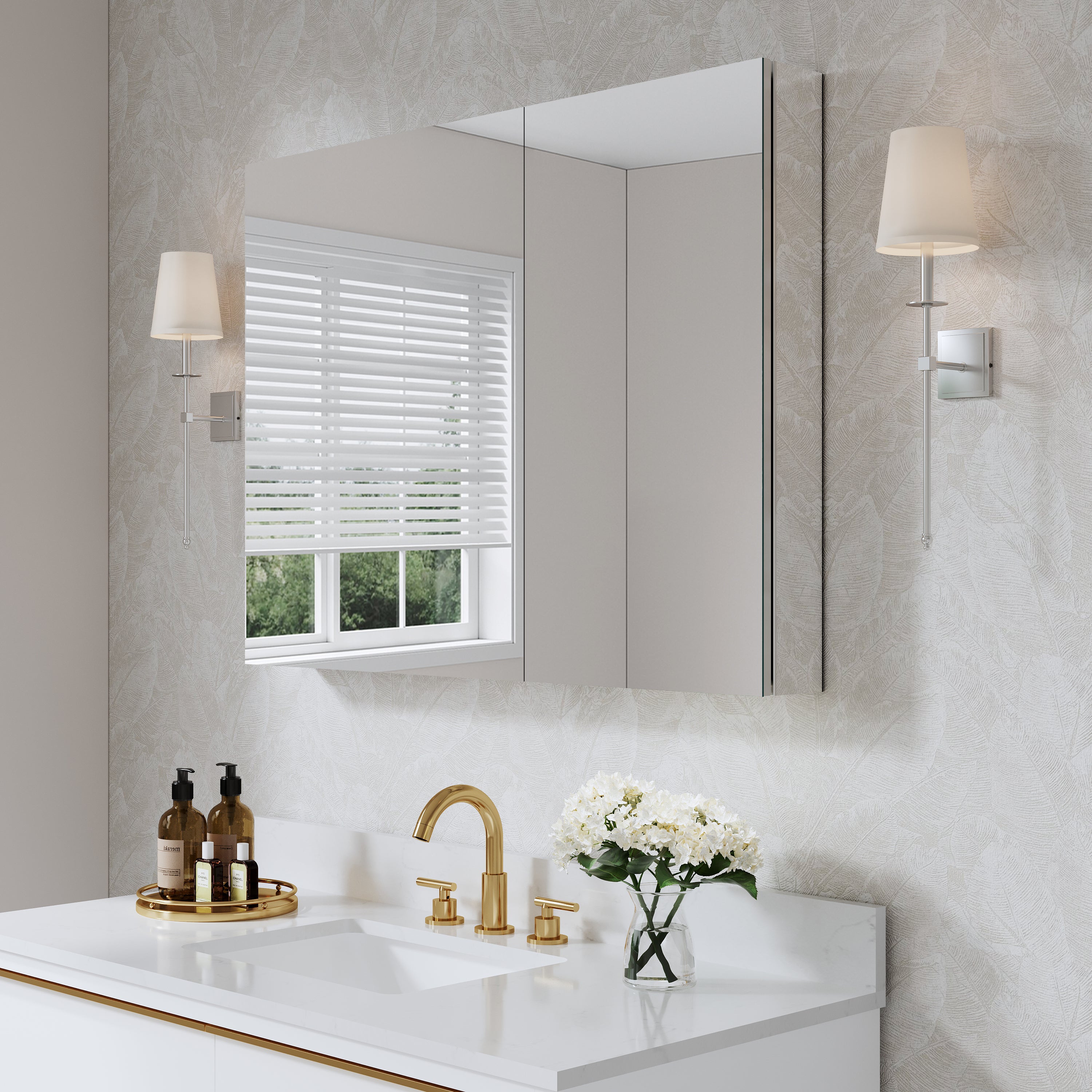

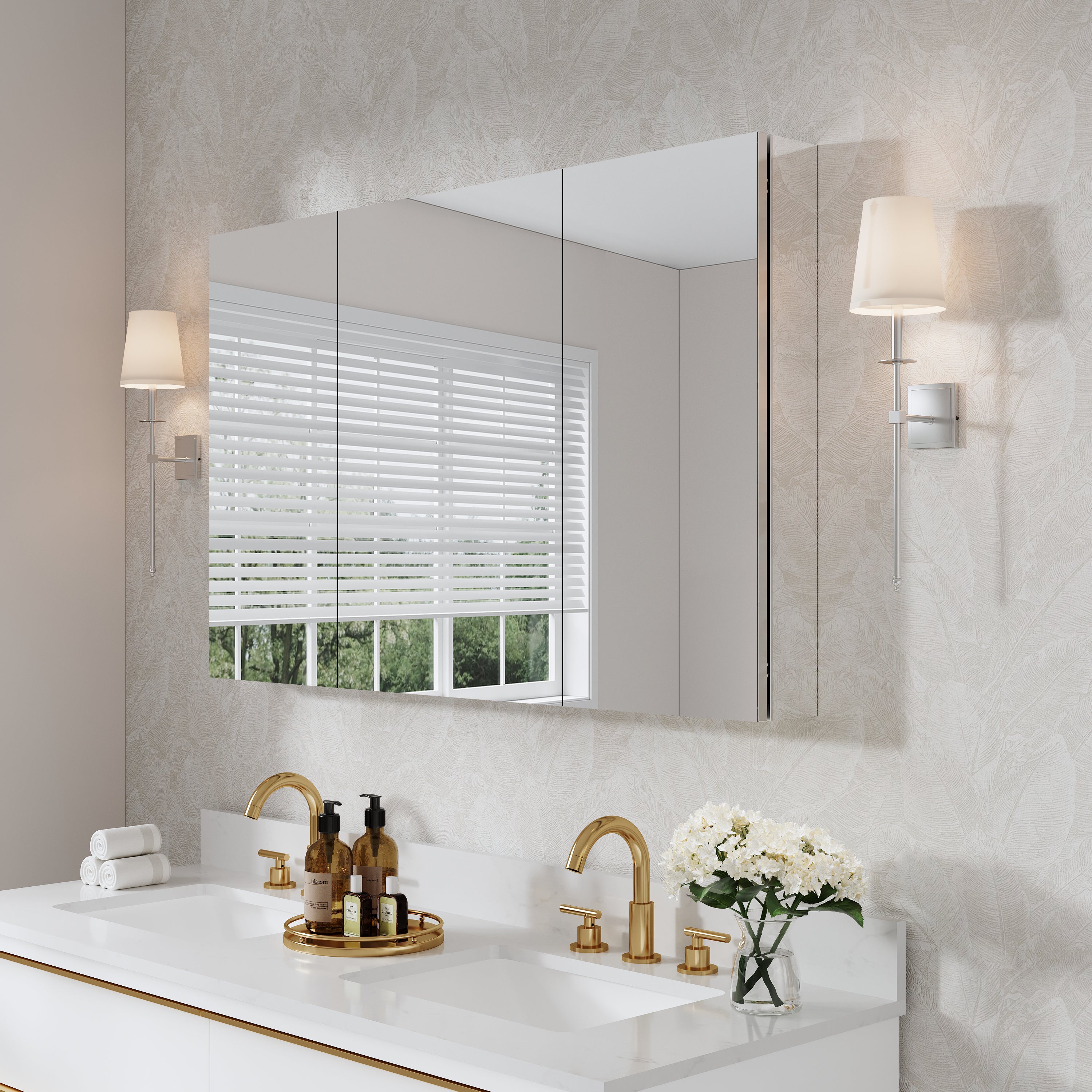
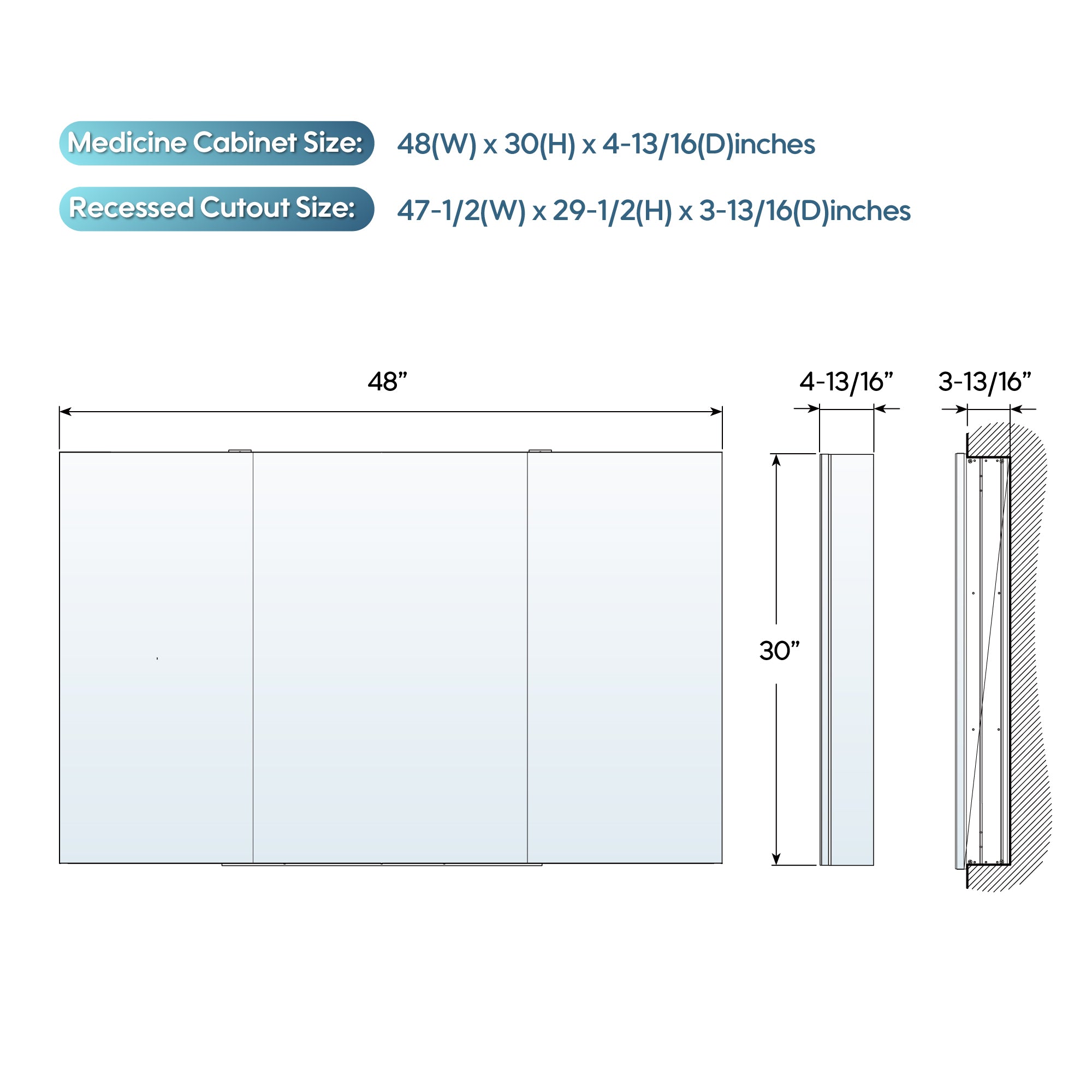

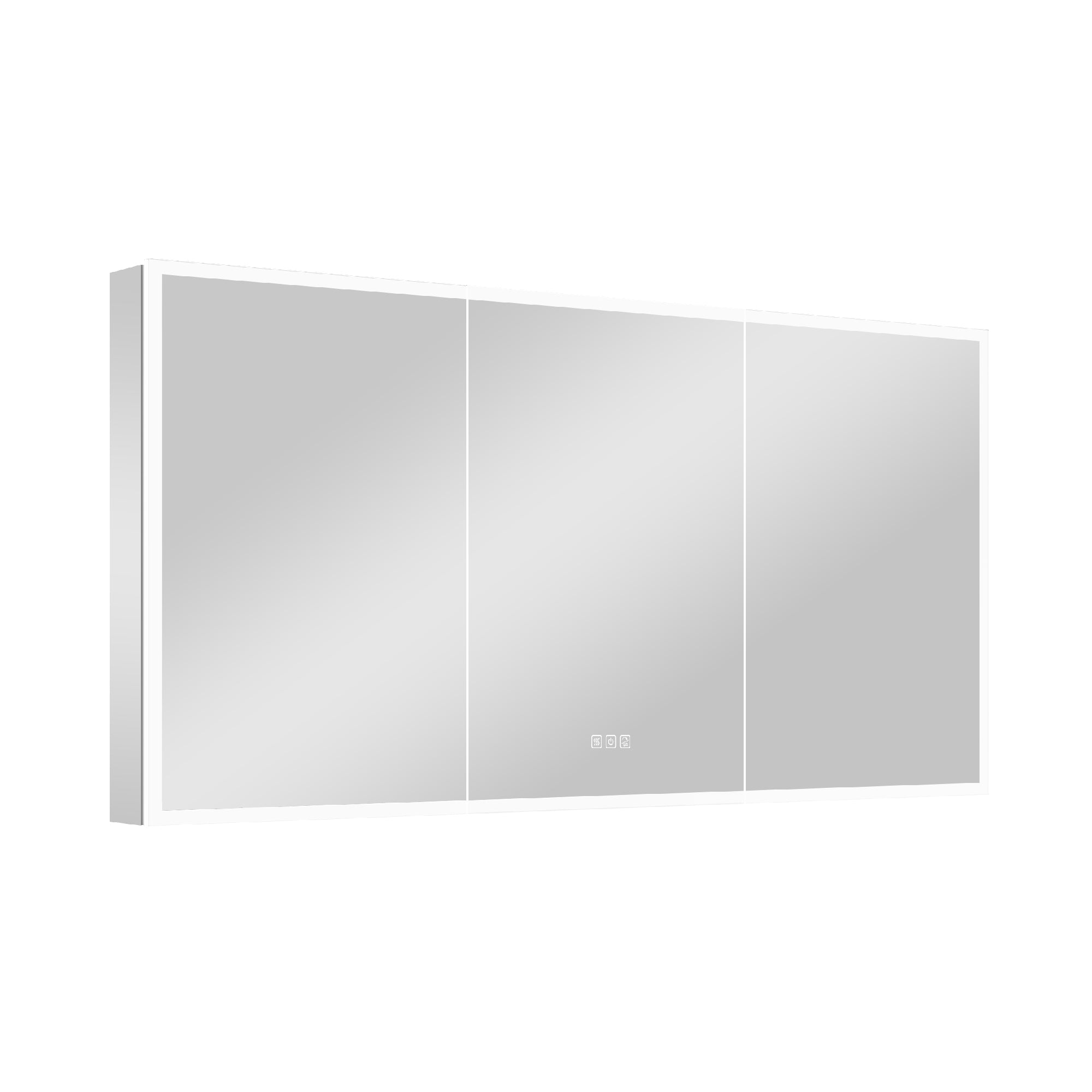
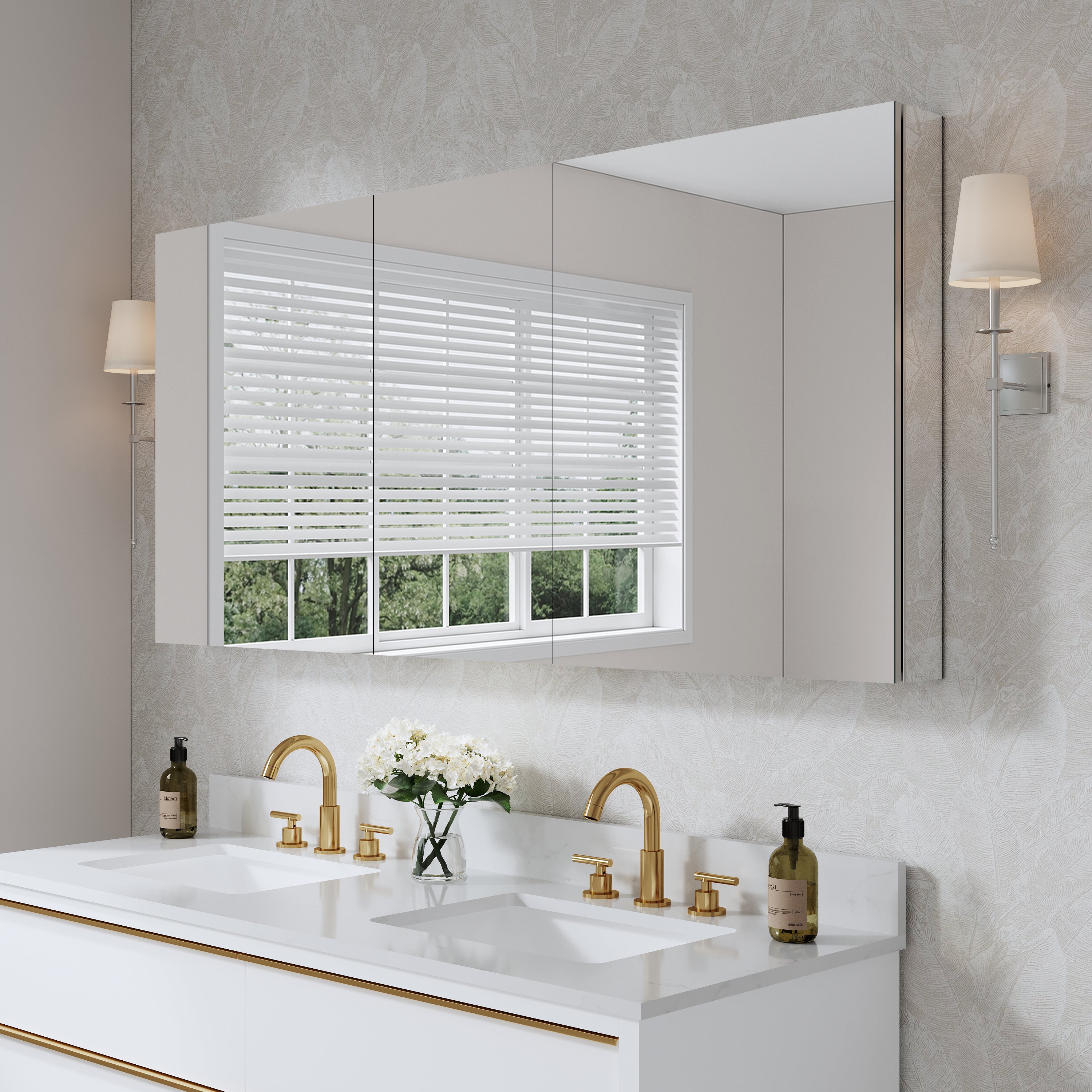




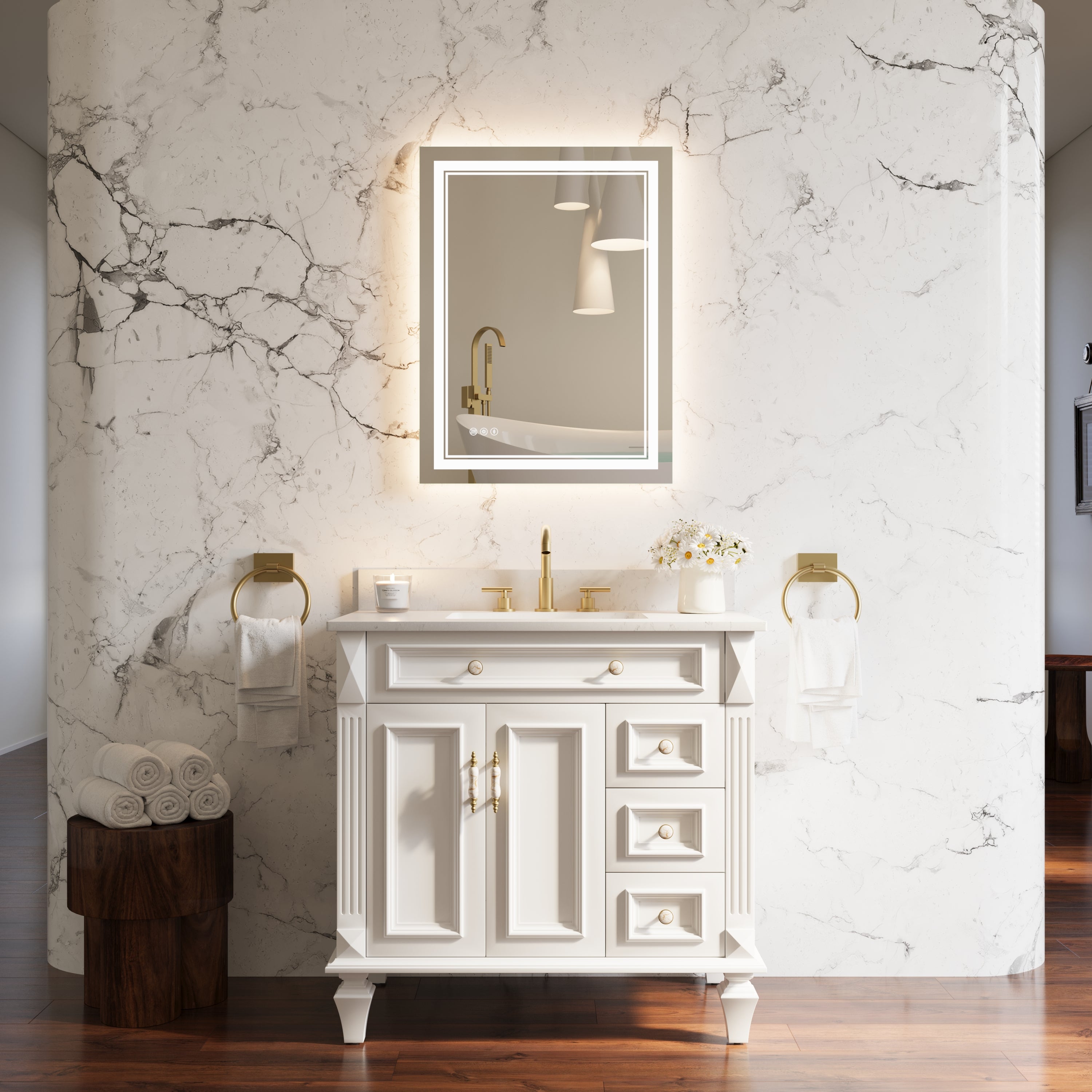
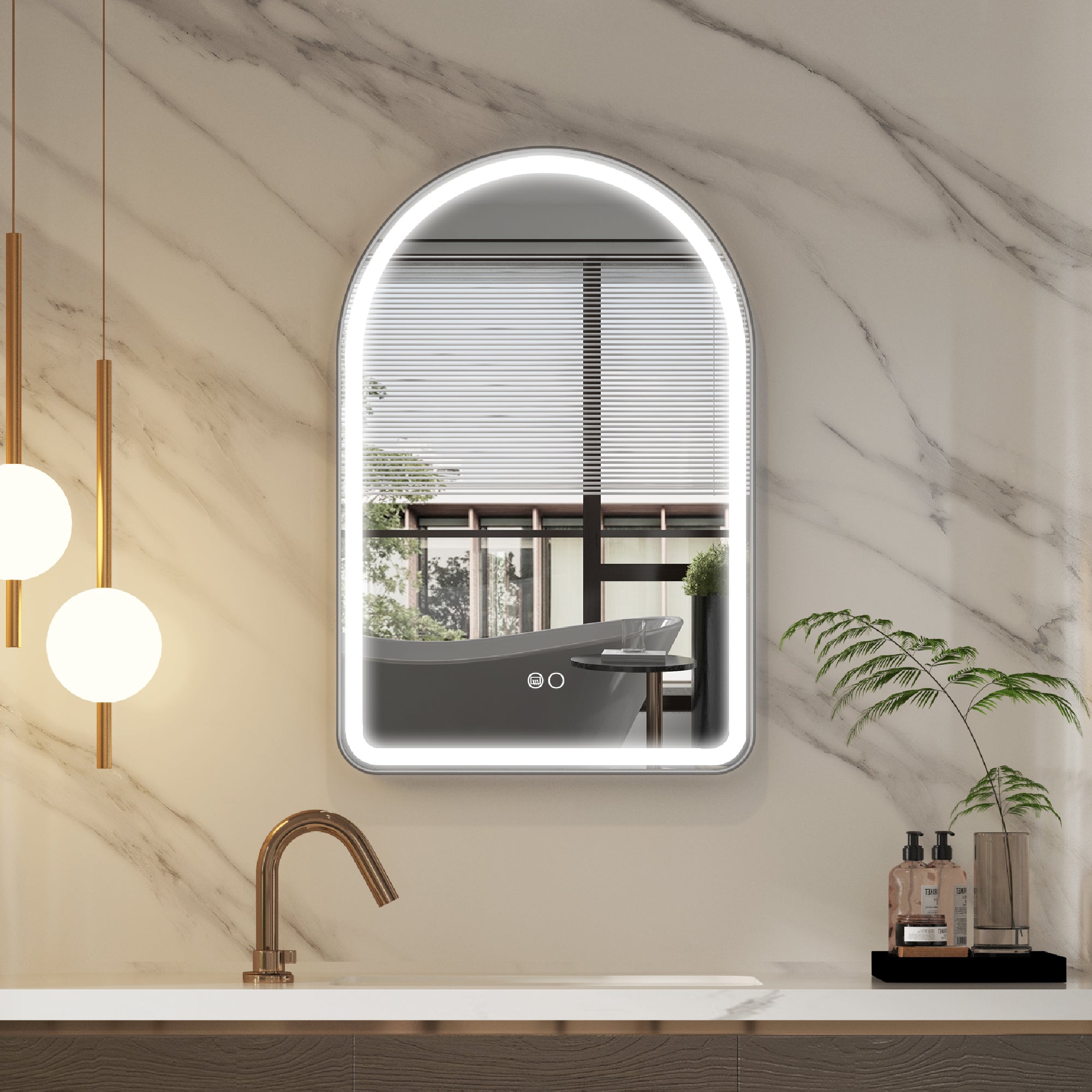
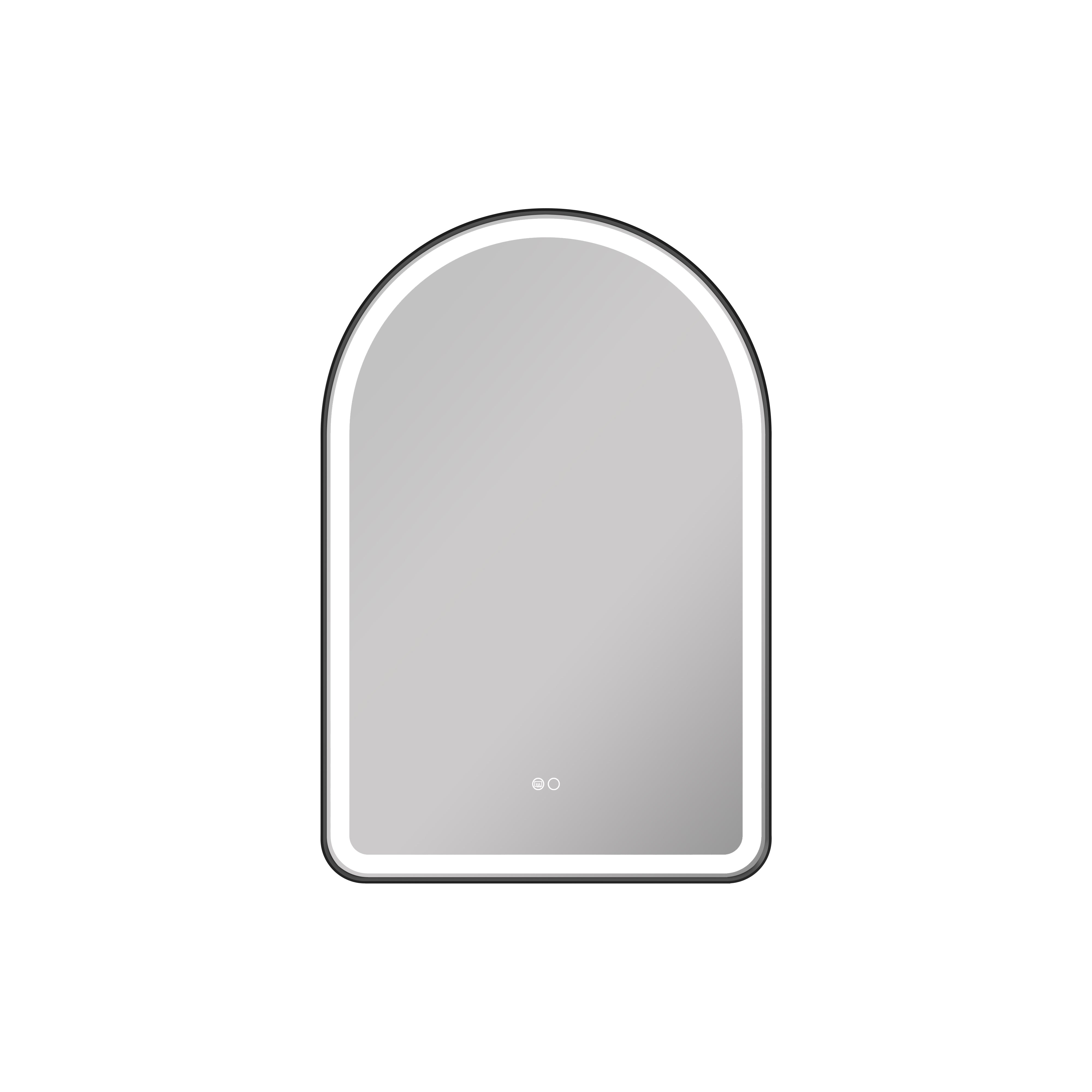

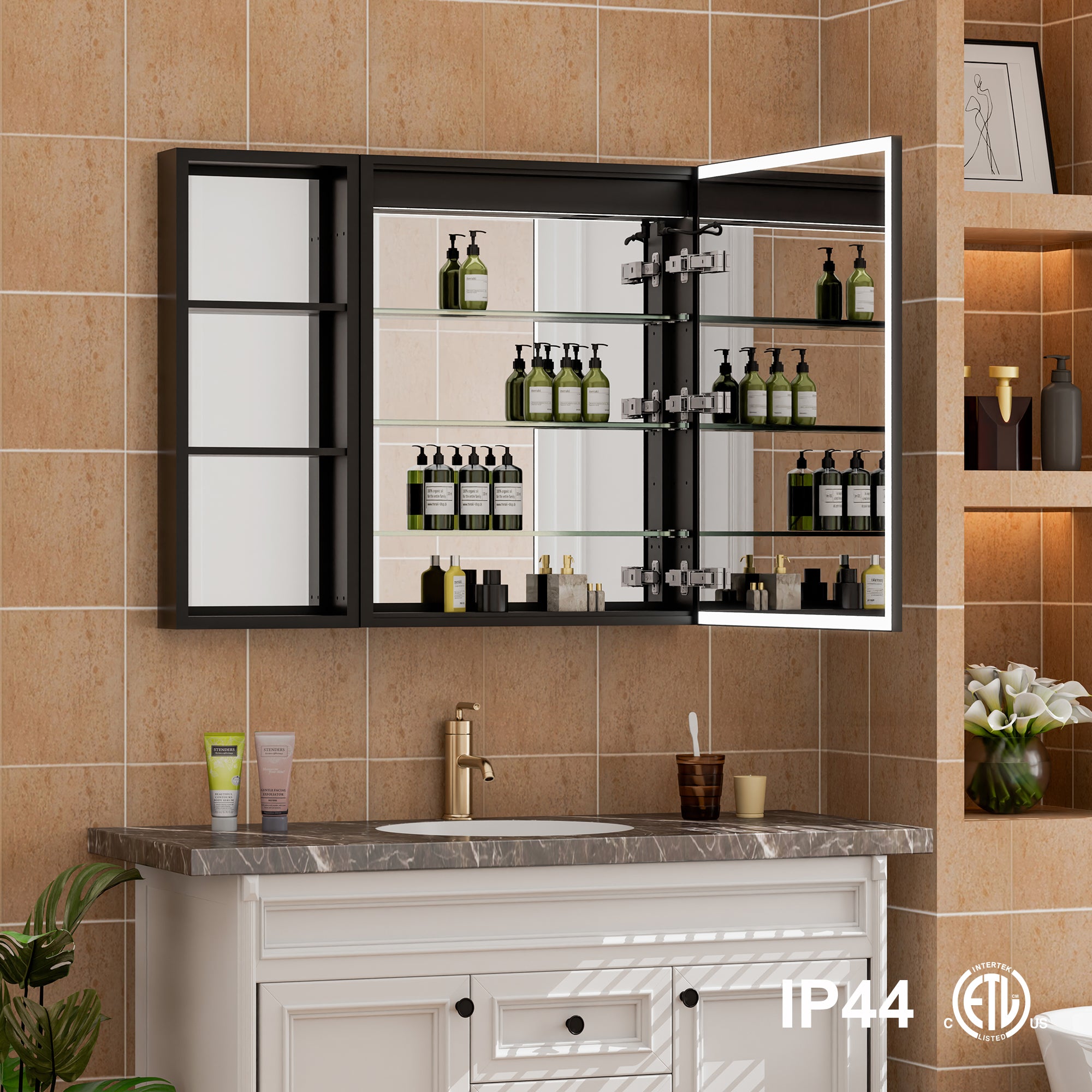
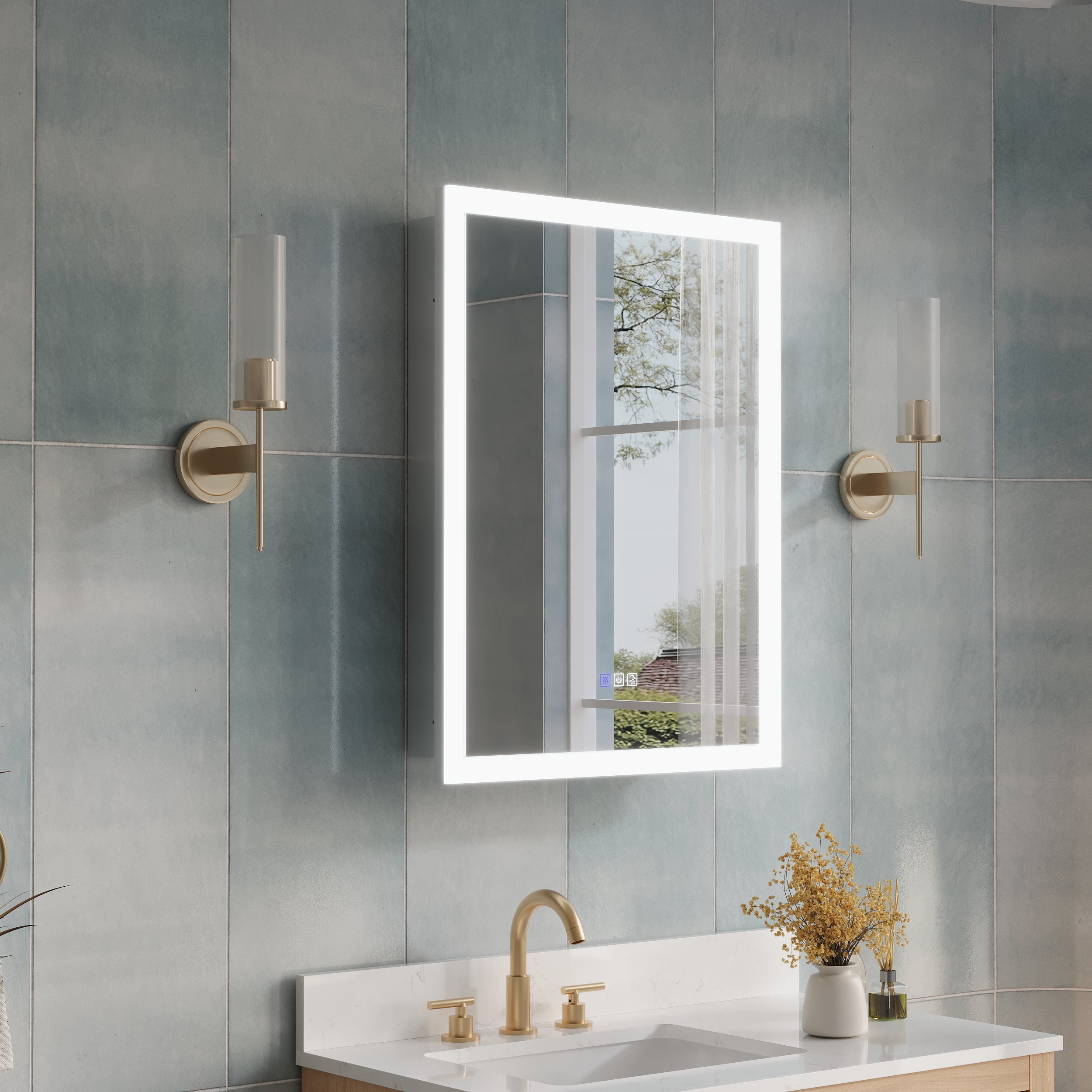
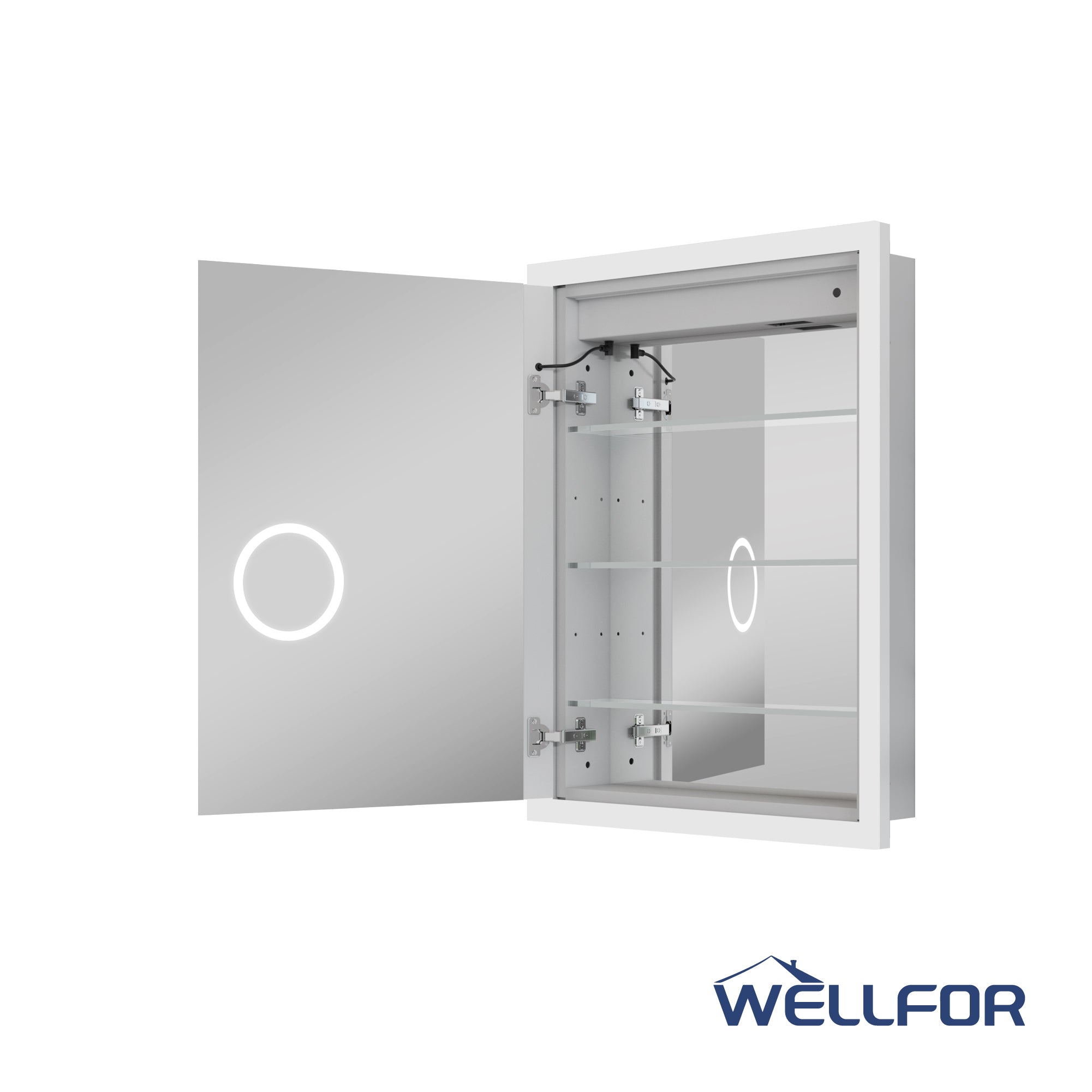
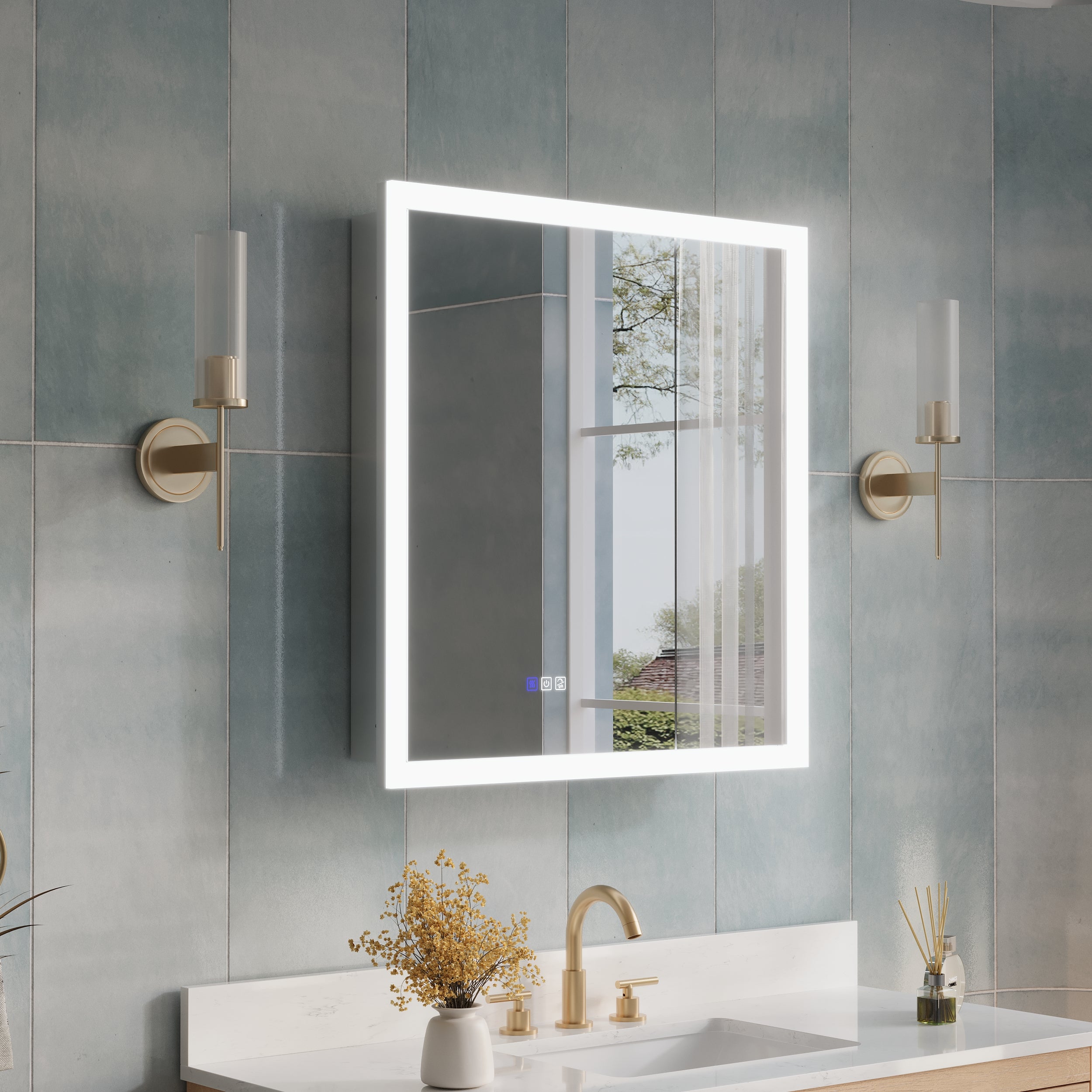

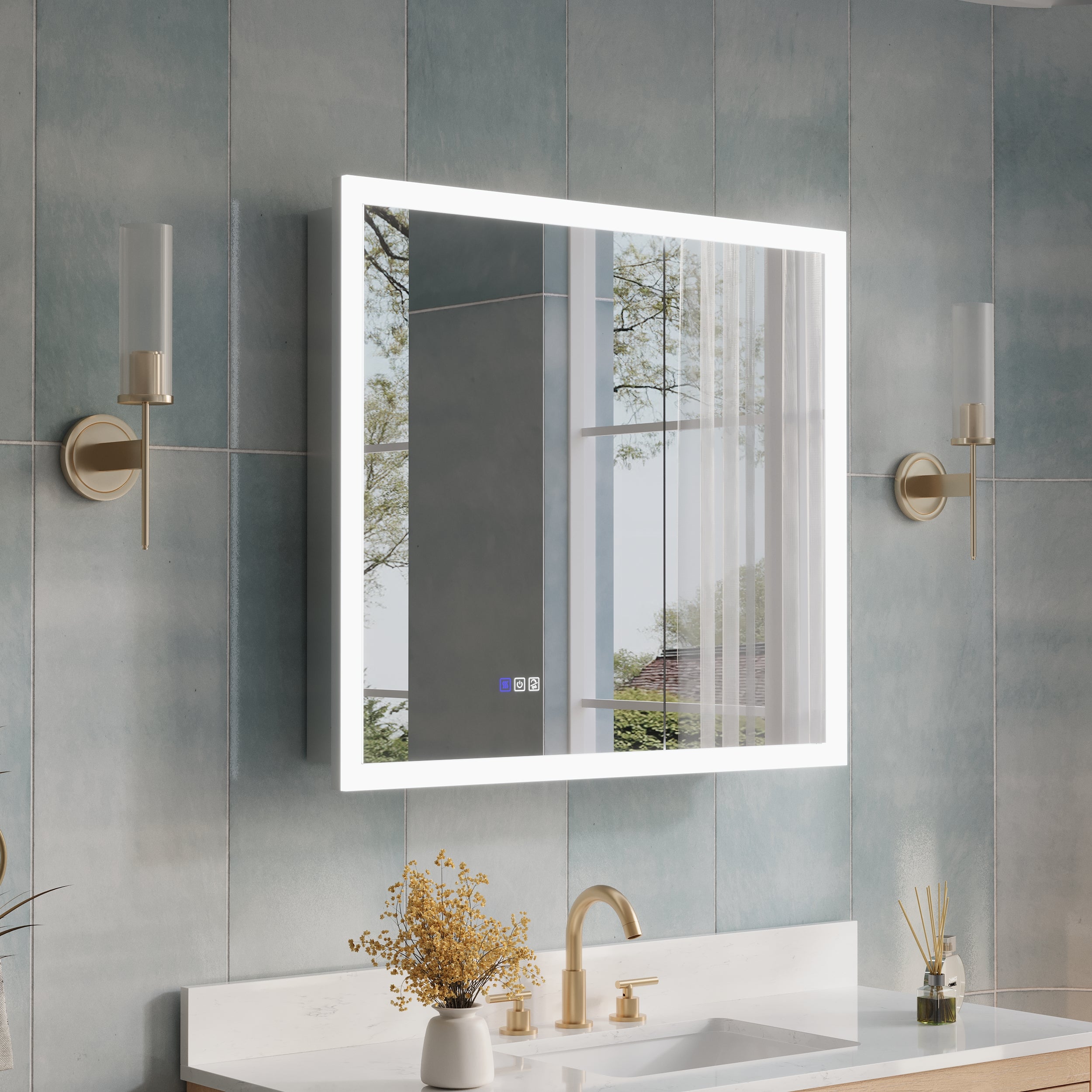

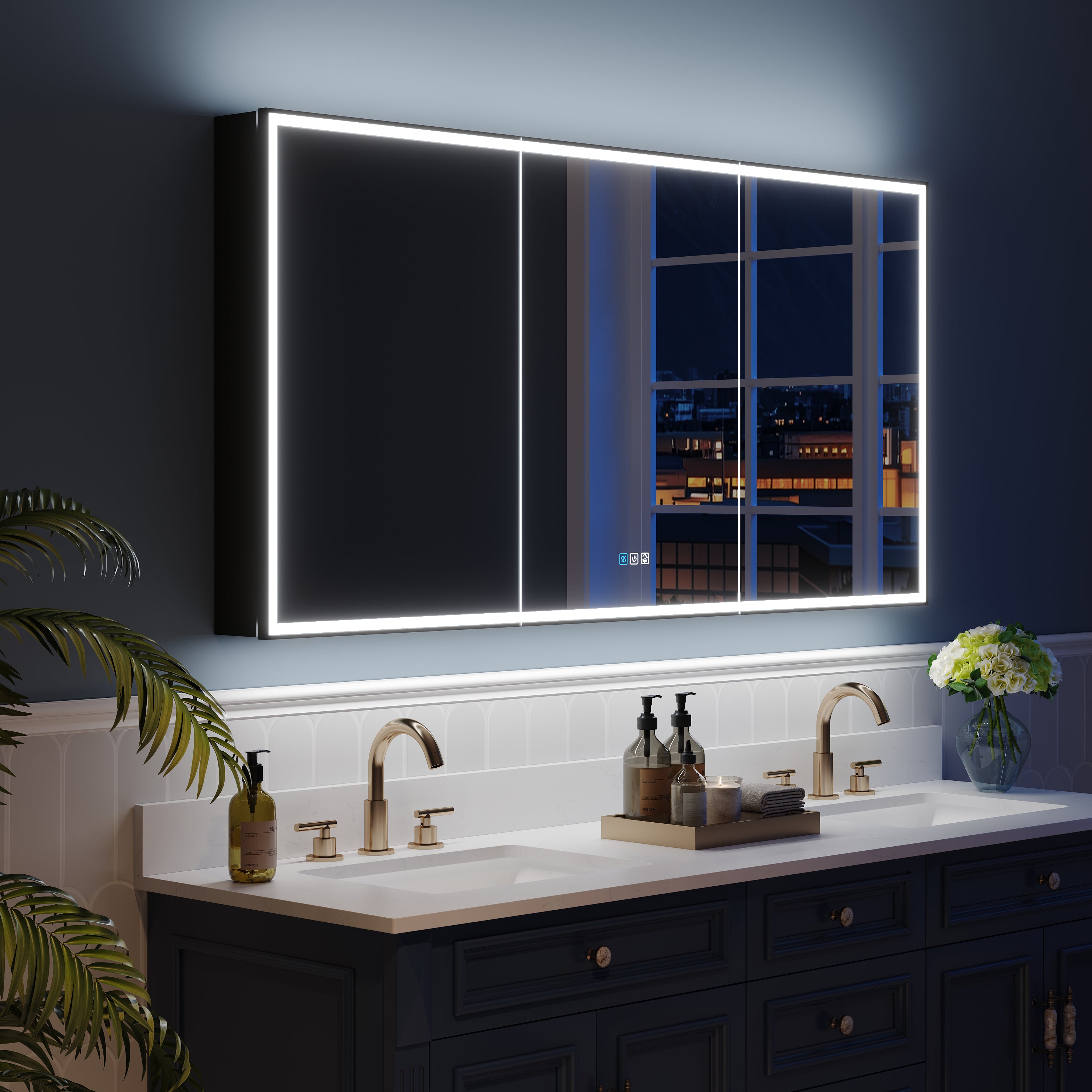
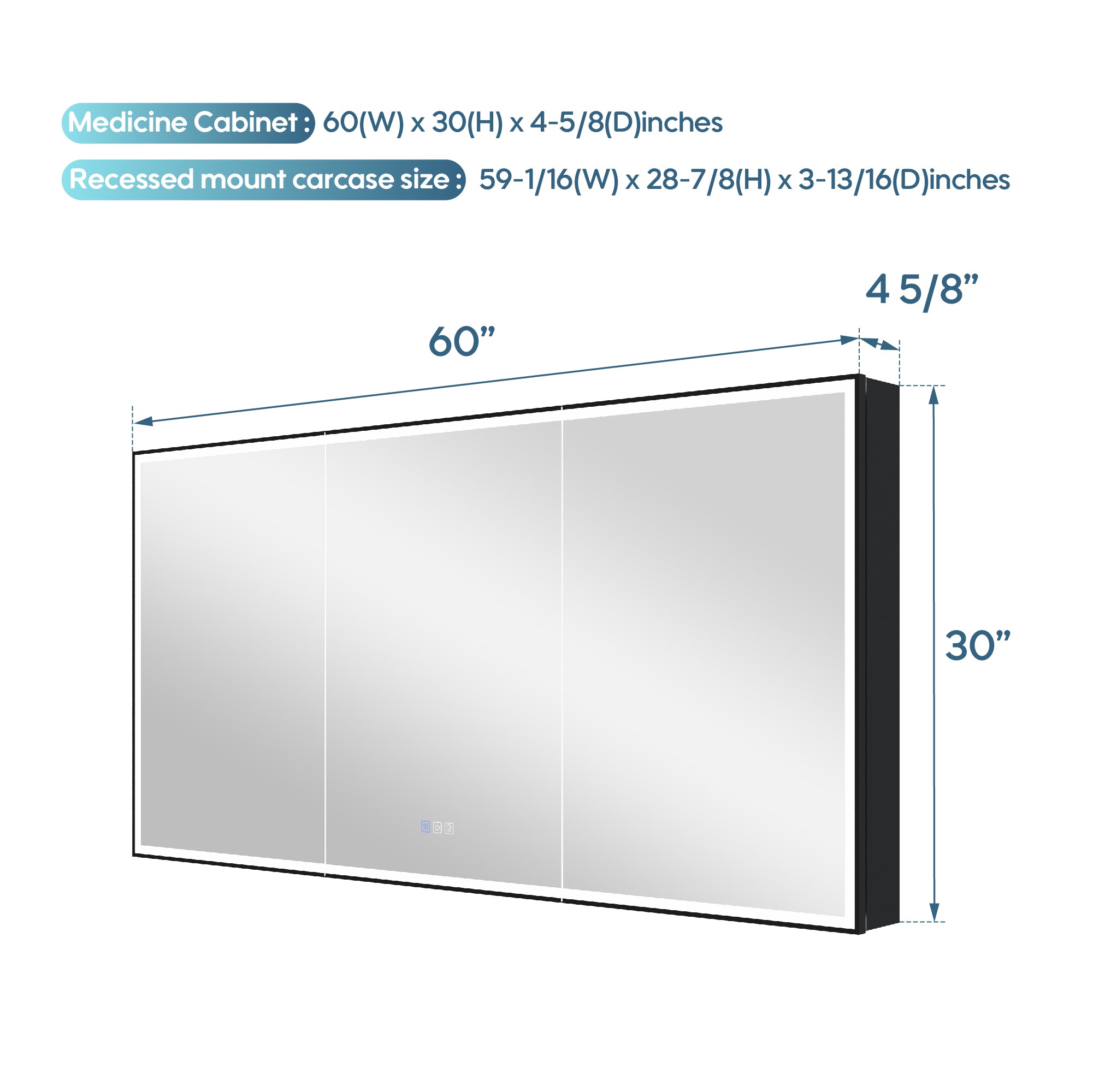
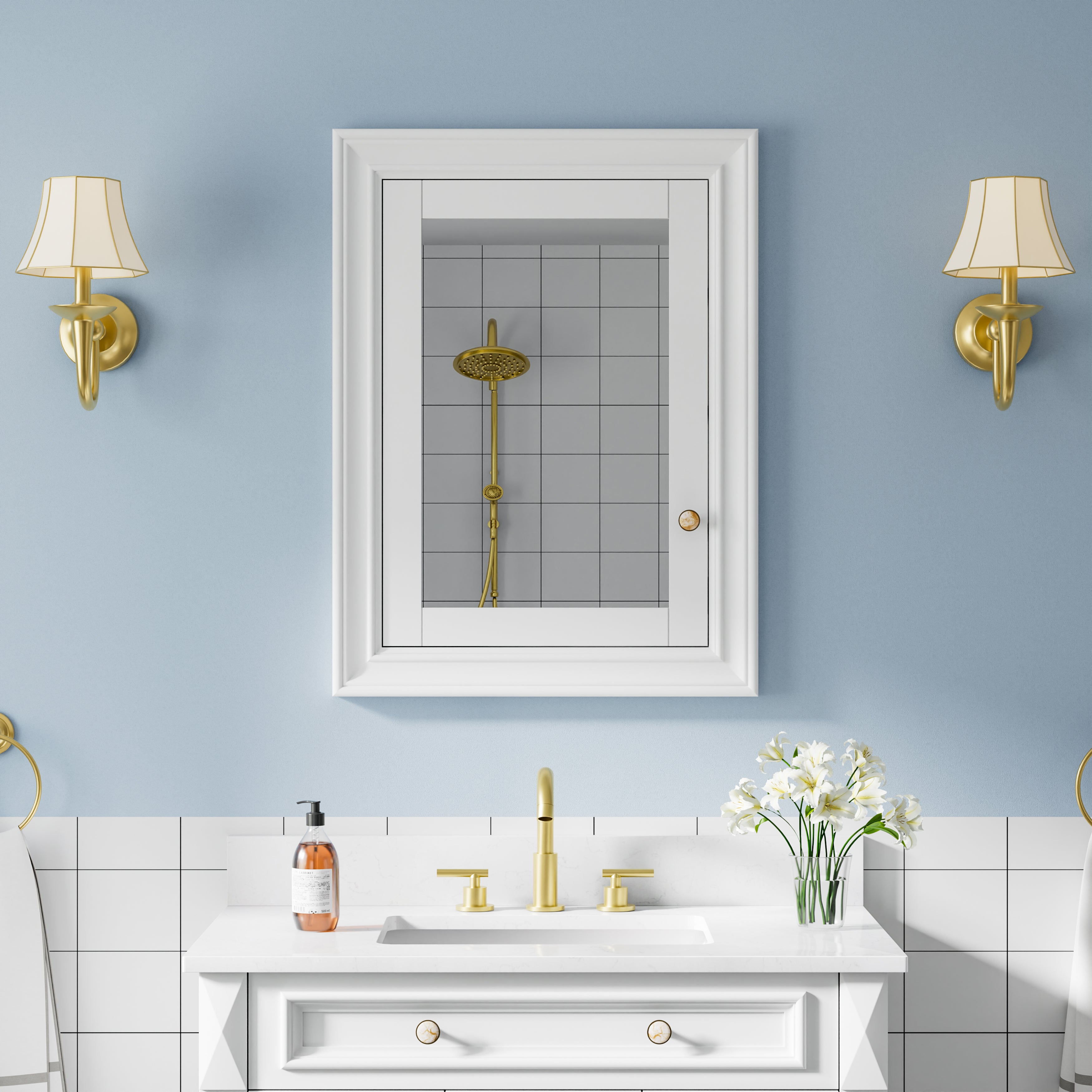


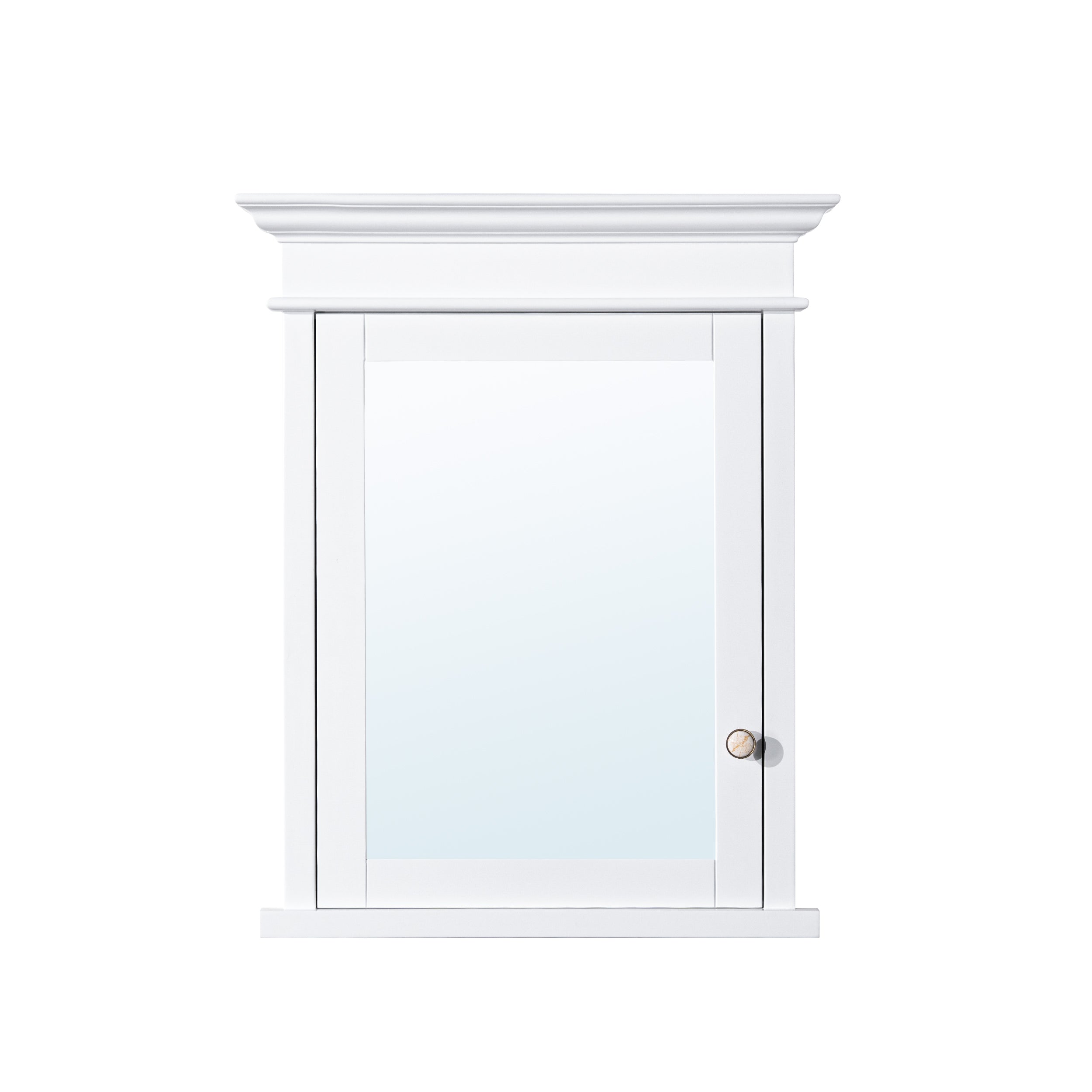

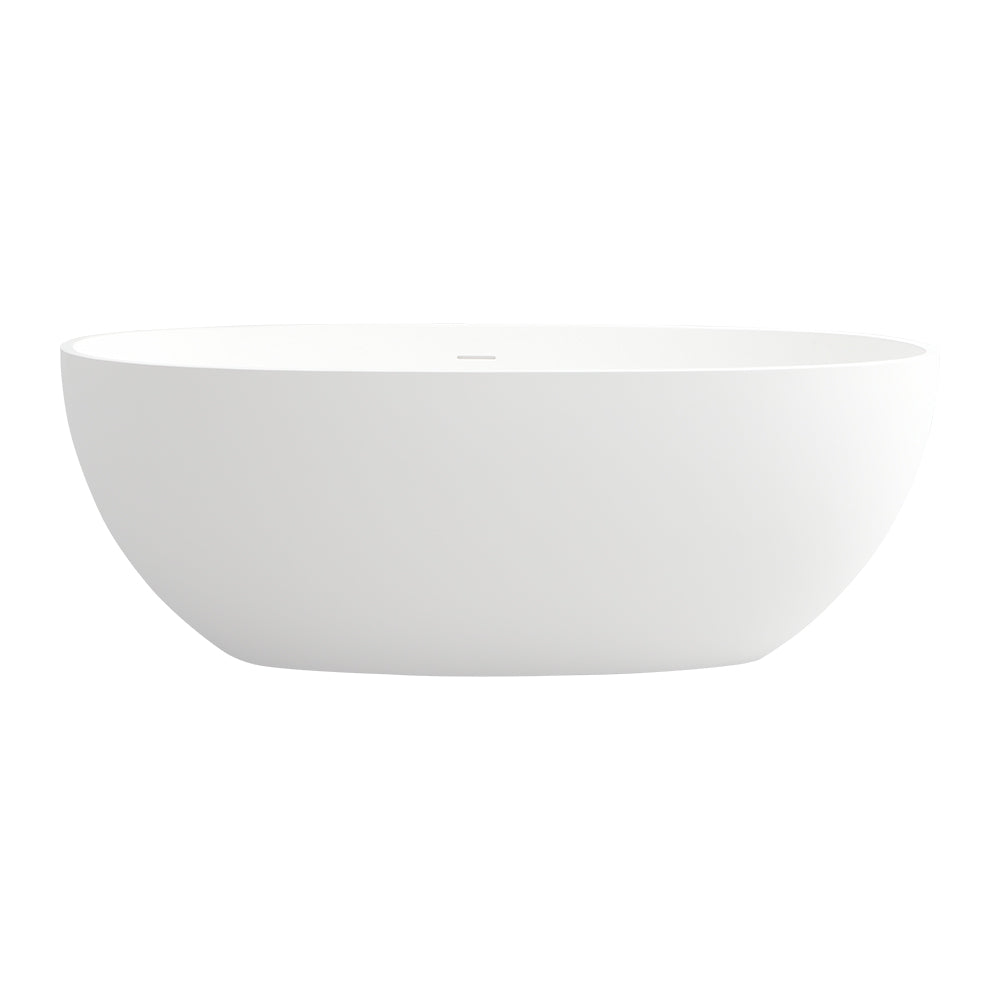


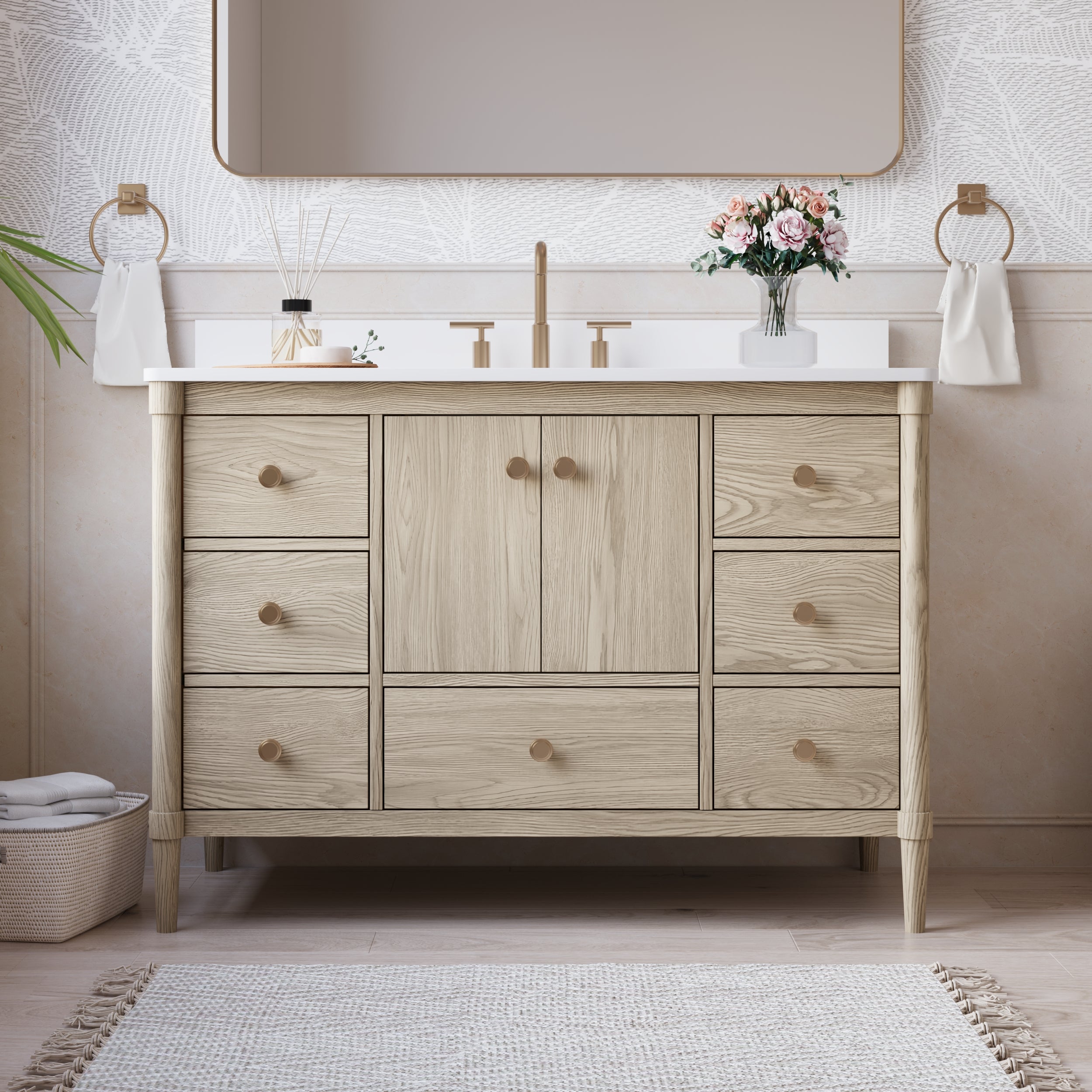
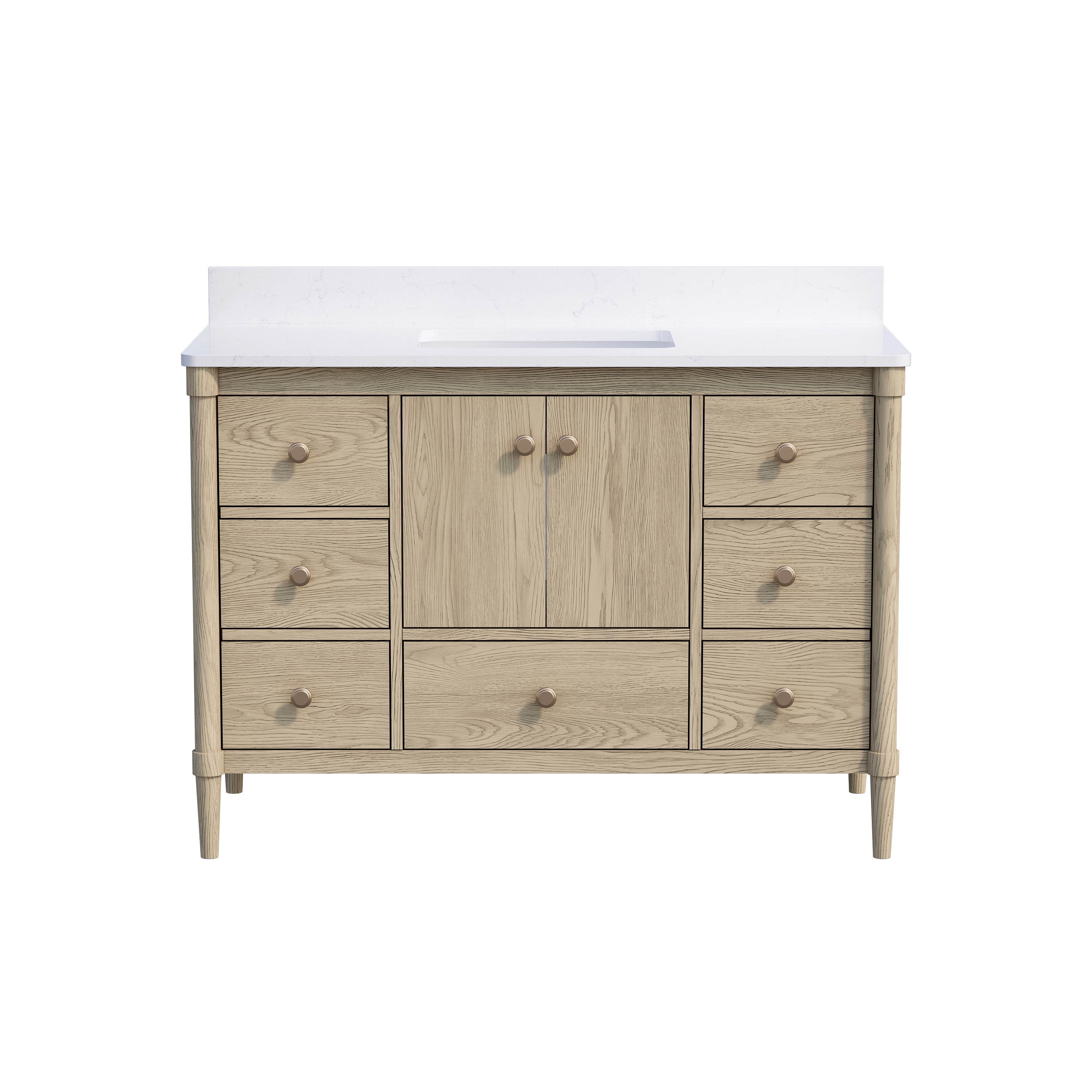
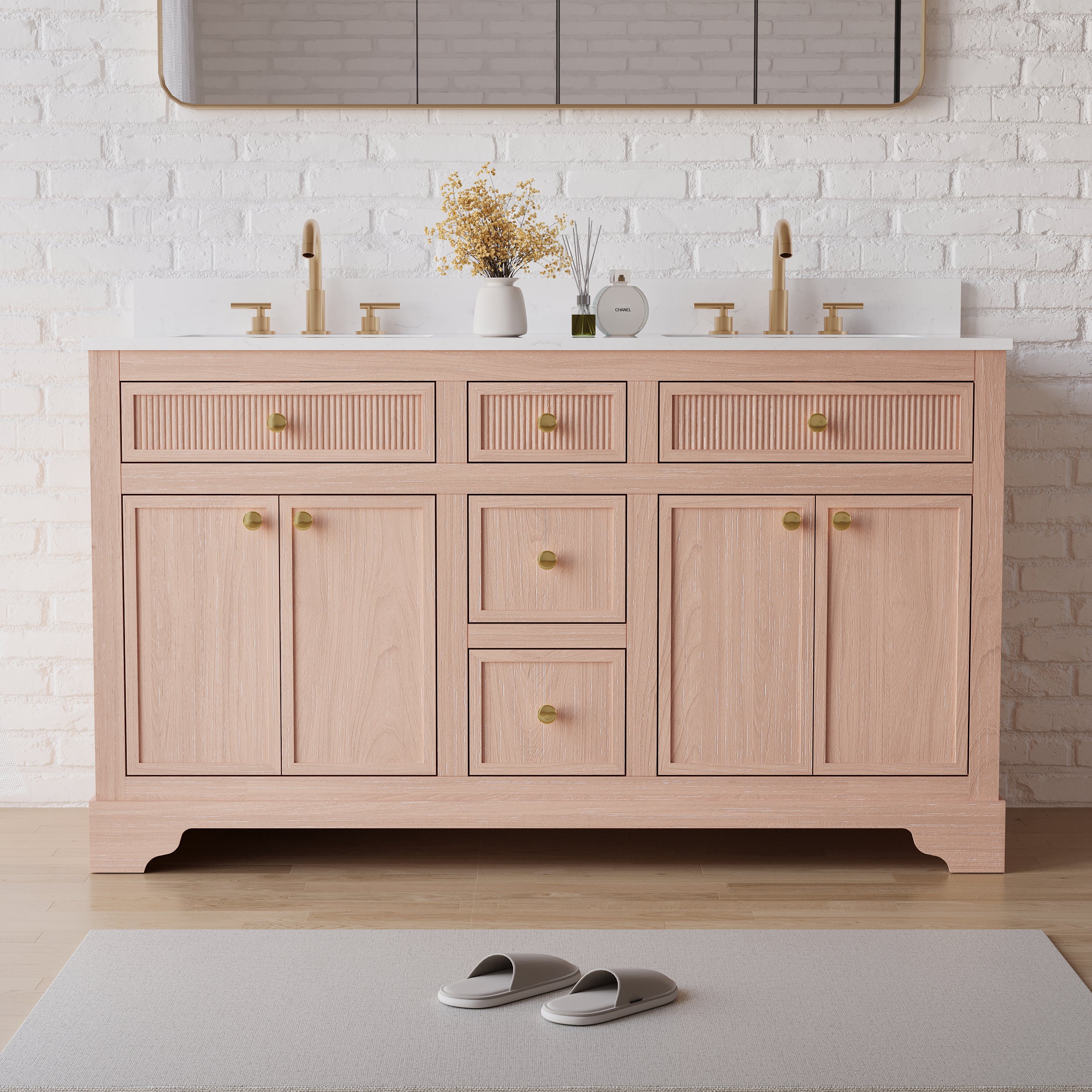



Leave a comment
This site is protected by hCaptcha and the hCaptcha Privacy Policy and Terms of Service apply.